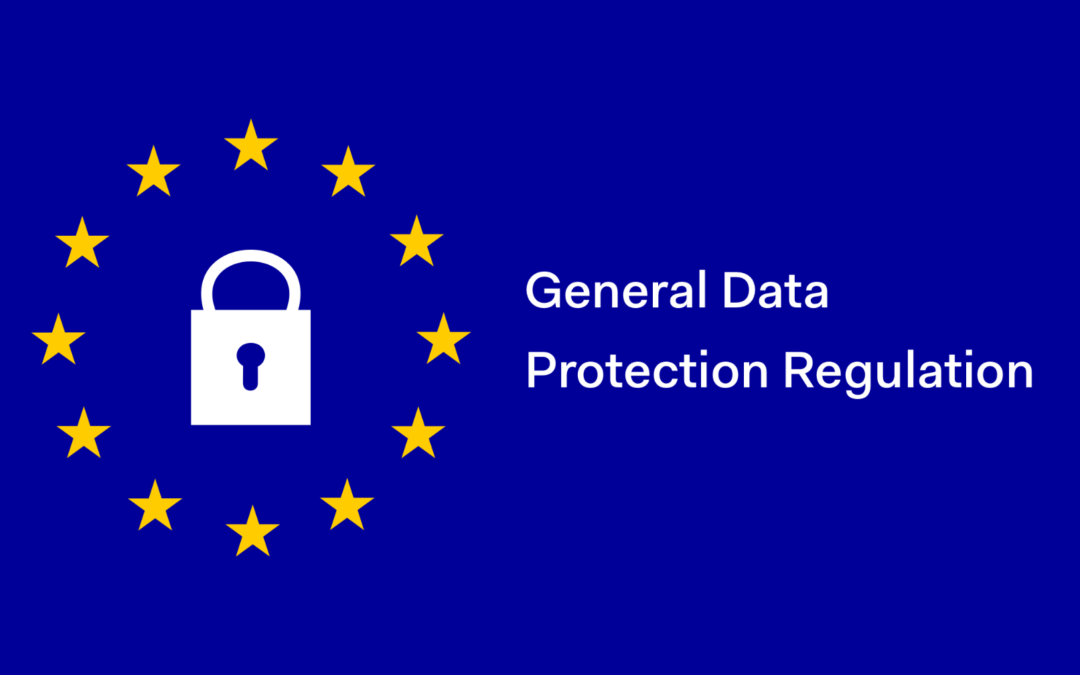At the end of this month (May 2018), the European Union implements the GDPR (General Data Protection Regulation). It requires companies and organisations to be much clearer and more transparent with people about what personal data they store and how they use that data. It does NOT require companies to stop using data – it merely says that you have to declare what you use people’s data for, and make sure you have their permission to do so.
There is a little bit of admin to do right now, to ensure your organisation is compliant. But that really shouldn’t be too onerous. Unless, of course, you’ve been misusing people’s data.
There are three ways to look at this:
- Make this an IT issue, and let the team that spends most of their lives clogging corporate arteries, slowing down innovation, and failing to engage with real human beings in meaningful ways (yes, I realise that’s a mean-spirited summation of the average corporate IT department; mean-spirited, but no untrue, in my general experience). Let me be clear: this should NOT be an IT issue. This is a customer engagement opportunity, and should be treated as such. If you need to get people’s permission to keep sending them your company newsletter, don’t get the IT team to send an opt-in email; rather get your best marketing or customer engagement person to write a compelling email to your newsletter subscribers giving them a reason to give you permission to keep sending them valuable correspondence.
- (Thanks to Seth Godin, author of Permission Marketing for this thought: ) Lawyers and yield-maximizers can find ways to use fine print and digital maneuvers to get the same sort of low-grade tolerance and low-impact marketing they’ve always gotten. Industrialise interactions! The marketing machine at their organization has an insatiable appetite for attention, for data and for clicks, and they will skirt the edges to get more than their fair share.
- Or… Realize that the GDPR is a net positive for people with something to say, something to sell or something to change. People are very happy to give permission to you if they perceive you as providing value, and they trust you. The GDPR will help reduce spam, will aid in removing noise from the system, and will result in trust increasing around digital communications. Understanding this will mean you can now stop the hit-and-run, low-yield spam that marketers have descended to, and rise to the top with value-adding communications.
But make sure that you only talk to people who want to be talked to, and market only to those people who want to be marketed to.
It is actually quite simple: anticipated, personal, value-adding and relevant messages will always outperform spam.
Who gets to decide what is valuable and what is spam? The recipient!
So, here’s a summary of the GDPR in two words: Ask First.
If you understand that, and change your approach to align with it, you’ll rise to the top and GDPR will have been the best gift your organisation’s marketing department ever got. Try and fight it, get around it, ignore it or complain about it, and you’ll continue to sink into the digital abyss, where (hopefully) digital dinosaurs go to die.



